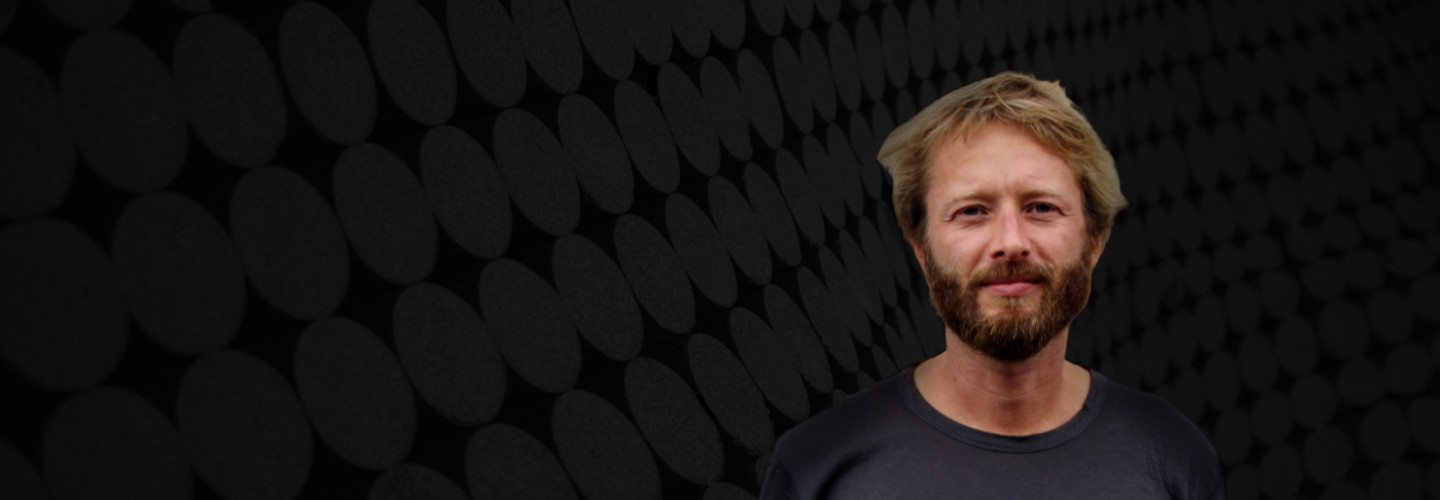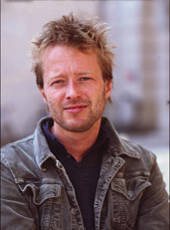

Johannes Maria Staud
Configurations/Reflet
Short instrumentation: ob (+c.a), cl(+bass cl, hi-hat), bsn, hn(+bass-drum), str.quart, (2nd vln +bass-drum, vla +hi-hat)
Duration: 11'
Instrumentation details:
oboe (+c.a)
clarinet in Bb (+bass cl(Bb), hi-hat (high) with pedal)
bassoon
horn in F (+bass drum (very low) with pedal)
1st violin
2nd violin (+ bass drum (low) with pedal)
viola (+ hi-hat (medium) with pedal)
violoncello
Staud - Configurations/Reflet for 8 instrumentalists
Printed/Digital
Translation, reprints and more

Johannes Maria Staud
Staud: Configurations/RefletOrchestration: für 8 Instrumentalisten
Type: Studienpartitur
Sample pages
Audio preview
Work introduction
The piece consists of several clearly differentiated sections of, in part, markedly varied durations. The three woodwind instruments and the horn on the one hand and the four stringed instruments on the other are grouped symmetrically in a radius around an imaginary mirror axis. The two disparate groups with their highly different instrumental characters are supported by two hi-hats and two bass-drums sounded exclusively by foot-pedal. The fact that this 'low-tech' layer, whose sonorous quality cannot be modified, is set against the highly sophisticated sound-world of the wind and stringed instruments proved to be a fascinating compositional challenge for me.
I did not fall back upon cymbal tremoli to 'mediate' between the two, no mallet sound to reconcile the different timbres, no tam-tams to provide depth or triangles to supply lighter sound colours – just two naked sound sources which can only be modified in their dynamics and in the contrast between dry and echoed sound: that is all to lend more plasticity to the musical argument. They do, however, trigger off some chain reactions of their own.
J. M. Staud
